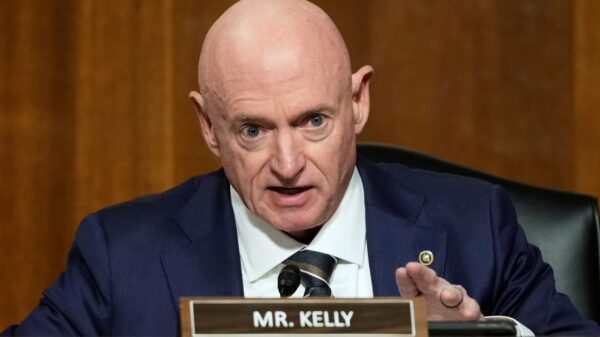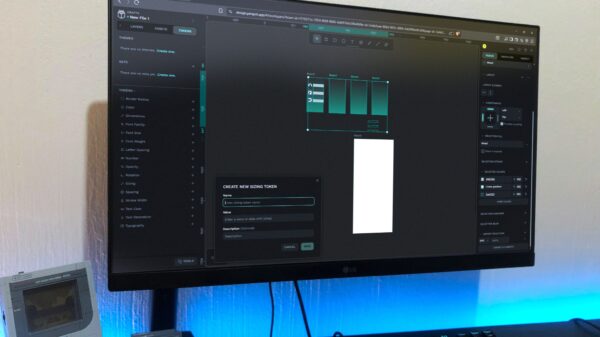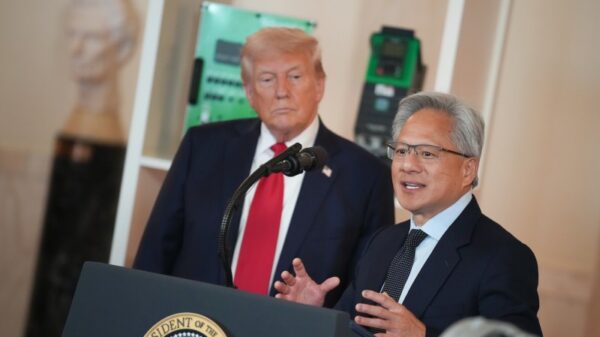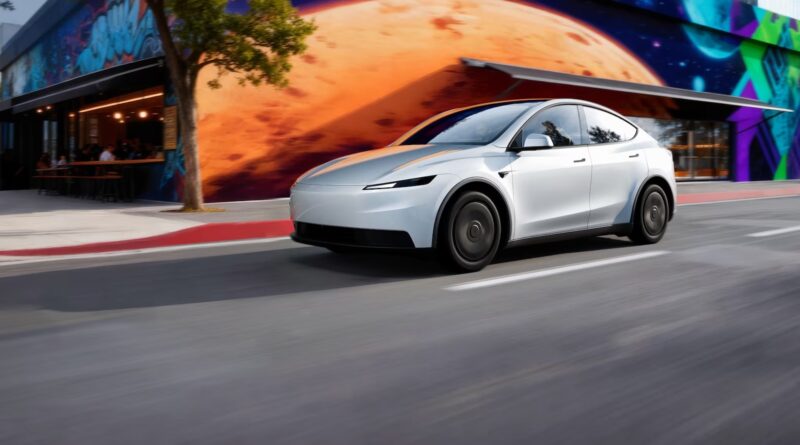Tesla has introduced its new **Model 3 Standard** and **Model Y Standard**, aiming to attract a broader customer base. While the announcement showcases improvements in electric vehicle (EV) range, the pricing structure has raised concerns among potential buyers and industry observers.
One notable advancement is the increased range of the **Model 3 Standard**, which now boasts an impressive **321 miles** of range, compared to **240 miles** for the previous **Standard Range Plus** model purchased in **August 2019**. This significant enhancement reflects the ongoing trend of improving battery technology, making EVs more practical for everyday use. Despite rising inflation, the cost of battery production has decreased, enabling Tesla to offer a more efficient vehicle at a competitive price point.
However, the pricing of these new models has not met the expectations of many consumers. While there was speculation about a potential **$25,000** Tesla, the new models are priced at **$37,000** for the Model 3 Standard and **$40,000** for the Model Y Standard. These figures are strikingly similar to the prices of the original Model 3 released six years ago. Adjusting for inflation, the prices are relatively stagnant, raising questions about the accessibility of Tesla vehicles for a broader market.
The removal of the **$7,500** federal tax credit, which previously made these vehicles more affordable, further complicates the situation. Many potential buyers who anticipated a lower price point may find themselves priced out of the market once again. With the current pricing structure, the new models are now more expensive than older versions of the Model 3 and Model Y, which could deter customers who were previously interested in purchasing a Tesla.
As more used Teslas become available, the competition for buyers intensifies. Many consumers may opt for pre-owned vehicles that provide better value for money, especially given the durability and longevity of electric vehicles. Alternatively, the recently launched **$30,000 Nissan LEAF** offers a viable option for those seeking a more affordable EV.
The mixed reception of Tesla’s latest offerings suggests that the company may face challenges in achieving its sales targets, particularly in the fourth quarter of this year. Analysts and Tesla enthusiasts alike are left wondering if these new models will significantly boost sales or if they will simply cannibalize existing models.
In conclusion, while the enhancements in EV range are commendable, the pricing strategy of Tesla’s new models has disappointed many. This development raises broader questions about the company’s ability to expand its market reach in an increasingly competitive landscape. As the market continues to evolve, the impact of these pricing decisions on Tesla’s future sales remains to be seen.








































































